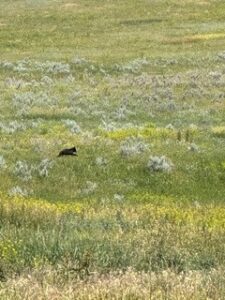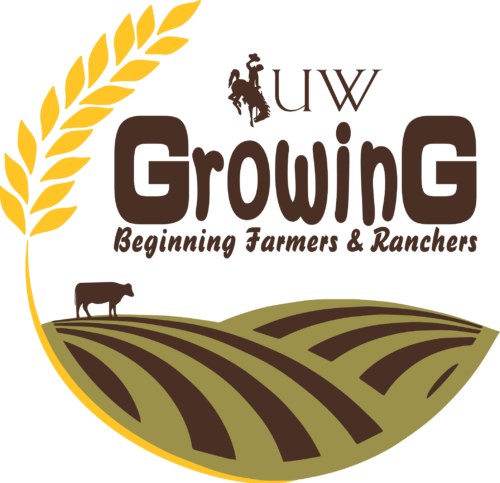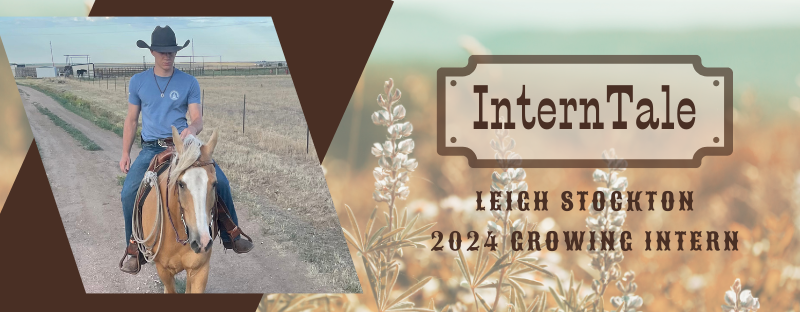Maintenance and Preparation
#bfrdpwy #aginternship #RightRisk
The main takeaway from this week, I think, is that not everything in ranching is glorious or terrifically fun—some things just have to be done. Of course, I knew this prior, but it’s an easy thing to forget when you spend days on horseback and working cattle.

The start of the week was composed primarily of bug catching and spreading, trying to ensure healthy populations throughout the ranch. As far as the beetles go, our current objective is no longer to get them to new places but to keep them from dying out in the places they already are; thus we spent the day playing Spec Ops and airdropping reinforcements.

From there, we moved on to poisoning prairie dogs. As discussed in past summaries, prairie dogs have a pretty negative impact on ranchland—they clip (and waste) a ton of grass surrounding their towns to maintain line of sight with predators. Additionally, their holes offer ample opportunity for stock to break a leg. As such, they’ve gotta go, and that’s what we spent two days on—eradicating whole towns. The process by which this is accomplished is somewhat involved: first you have to identify that a hole is occupied by signs of activity, then you have to make a divot as far in the mouth as you can. After that, you’ll pour water and poison tabs in the hole, then cover it with paper and dirt to keep the air in—the water activates the tablets and turns them into a toxic gas which kills the vermin. Rinse and repeat for the whole town, and hopefully you’ll get them all and won’t have to come back in six months. The bright side about this work was that we got to see some pretty cool predators while we were at it, including a black bear cub sauntering about and a badger trundling through the towns.
Friday found us in the shop as windstorms ripped through the region. Inside, largely covered from the wind, we were cutting eight-foot sections of steel pipe with bandsaws and chop saws for fencing braces. This was a slow task—once the chop saw was out of disk, we had to turn to the bandsaw, which began quick but rapidly slowed as the blade dulled.

There was, however, heaven at the end of the week—the School Section cattle needed pesticide spray in anticipation of heading up the mountain, and to get it to them we were going to have to gather them, so I once again found myself horseback, living on the fun side of the ranching life. In addition to that, we’ve got a bottle calf we’ve been keeping fed, and while he’s somewhat squirrely, he offers a pretty optimistic start to the morning when he comes up and drains four pints quicker than I used to do the 800-meter run.
Going forward, I’m really hoping someone comes up with a better way to effectively kill prairie dogs. The poison tablets are greatly effective if everything goes right—keeping the paper up so that the dirt doesn’t muffle the tablets can be difficult sometimes and the tablets themselves aren’t all that great to interact with. By no means do I think that killing should be a pleasant and comfortable experience (even with pests—except mosquitos and ticks; get as much enjoyment out of those bloodsuckers as you can) but I do hope that by the time I find myself running things there’s at least a more time-efficient way to do it.
Submitted by: Leigh Stockton
Edits by: GrowinG Internship Team

